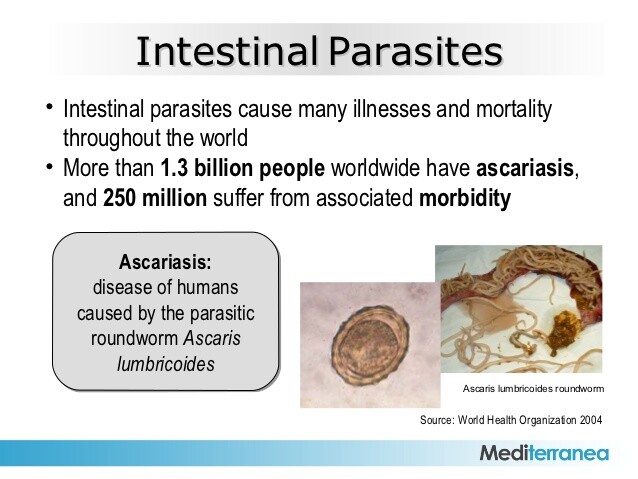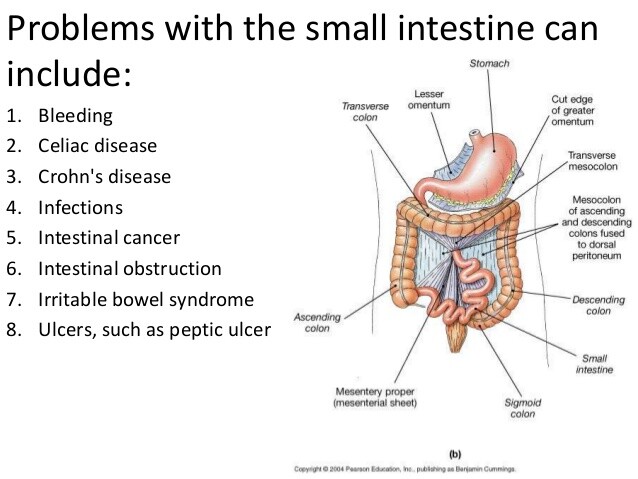Clinical Findings
Signs and Symptoms
Of patients infected with E histolytica, > 90% are asymptomatic carriers who are colonized with the organism and pass cysts in the stool. This carrier state often resolves without treatment, although relapses and reinfection are common.
Acute amebic colitis usually presents with several weeks of lower abdominal pain and diarrhea with frequent loose to watery stools containing blood and mucus. Most patients are afebrile. Significant volume depletion is uncommon.
Chronic amebic colitis is characterized by low-grade inflammation resulting in intermittent bloody diarrhea and abdominal pain over a period of months to years. It is often difficult to distinguish chronic disease from inflammatory bowel disease, and this distinction must be made before corticosteroid or surgical therapy for inflammatory bowel disease, to avoid worsening amebic infection or to perform surgical therapy for a treatable infection.
Patients with fulminant amebic colitis present with fever, diffuse abdominal pain, and bloody diarrhea. This form of the disease is rare and presents most commonly in children. Colonic perforations frequently develop, and the patient may progress to toxic megacolon, particularly in the setting of corticosteroid treatment. Liver abscess is common in patients with fulminant colitis. Mortality in patients with fulminant colitis is high, approaching 50%.
Of patients with intestinal disease, ~ 1% will develop an ameboma. Most common in the cecum or ascending colon, ameboma is a chronic, localized amebic infection. The mass may be entirely asymptomatic or may be painful and tender. It is often confused with malignant lesions on imaging studies, and correct diagnosis can be made by biopsy.
Laboratory Findings
Laboratory findings in intestinal amebiasis are nonspecific, and there are no characteristic laboratory findings that should prompt a search for the organism. The stool is usually positive for erythrocytes. Fecal leukocytes are often not present, secondary to lysis by the parasite, despite invasion of the intestinal mucosa.
Imaging
The most useful imaging study for amebiasis is endoscopy. Colonoscopy or flexible sigmoidoscopy allows for direct visualization of the intestinal mucosa and provides an opportunity for mucosal biopsy. Endoscopy typically reveals inflamed mucosa with punctate, hemorrhagic ulcers interspersed with normal-appearing mucosa.
Differential Diagnosis
Acute intestinal amebiasis must be distinguished from bacterial dysentery caused by Salmonella, Shigella, Campylobacter, enteroinvasive E coli, and Yersinia spp. Amebiasis, particularly chronic infection, may be confused with inflammatory bowel disease.
Complications
Complications from amebic intestinal disease are rare, because the majority of patients are asymptomatic. Those complications that do occur include peritonitis, colonic perforation, stricture formation, and hemorrhage. Toxic megacolon, a serious complication of amebic colitis, occurs rarely, but its incidence is increased in persons treated with steroids during the course of their infection.
Links:
https://medlineplus.gov/smallintestinedisorders.html
https://en.wikipedia.org/wiki/Gastrointestinal_disease#Intestinal_disease
http://vet.uga.edu/ivcvm/courses/vpat5215/digestive/week04/enteric/entericone.htm





